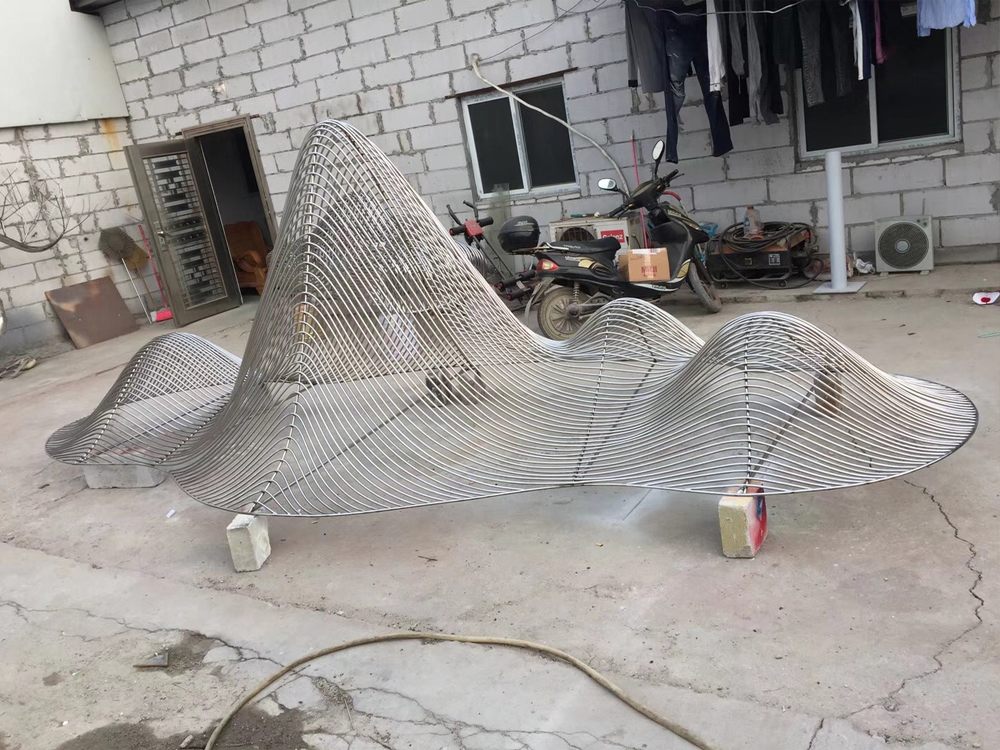
Metal sculpture has evolved dramatically over centuries, shifting from time-honored craftsmanship to cutting-edge innovations. Traditional techniques, rooted in ancient practices, often involve forging, casting, and hammering metals like bronze or iron. These methods demand meticulous handwork, with artisans relying on chisels, anvils, and manual labor to shape intricate details. Historically, lost-wax casting and repoussé were dominant, producing enduring but labor-intensive pieces.
In contrast, contemporary metal sculpture embraces technology and experimentation. Modern artists utilize welding, plasma cutting, and 3D printing to manipulate metals like stainless steel or aluminum. Techniques such as MIG/TIG welding allow for faster, more abstract creations, while digital fabrication enables precision and scalability. Unlike traditional sculptures, which often depict realistic forms, contemporary works lean toward conceptual or minimalist designs, reflecting societal shifts.
Material choices also differ—traditional sculptures favor durable, heavy metals, whereas modern artists explore lightweight or recycled materials for sustainability. Finishing processes have advanced too, with chemical patinas and powder coating replacing manual polishing. Ultimately, while traditional methods honor heritage, contemporary techniques prioritize innovation, expanding the boundaries of metal art.

